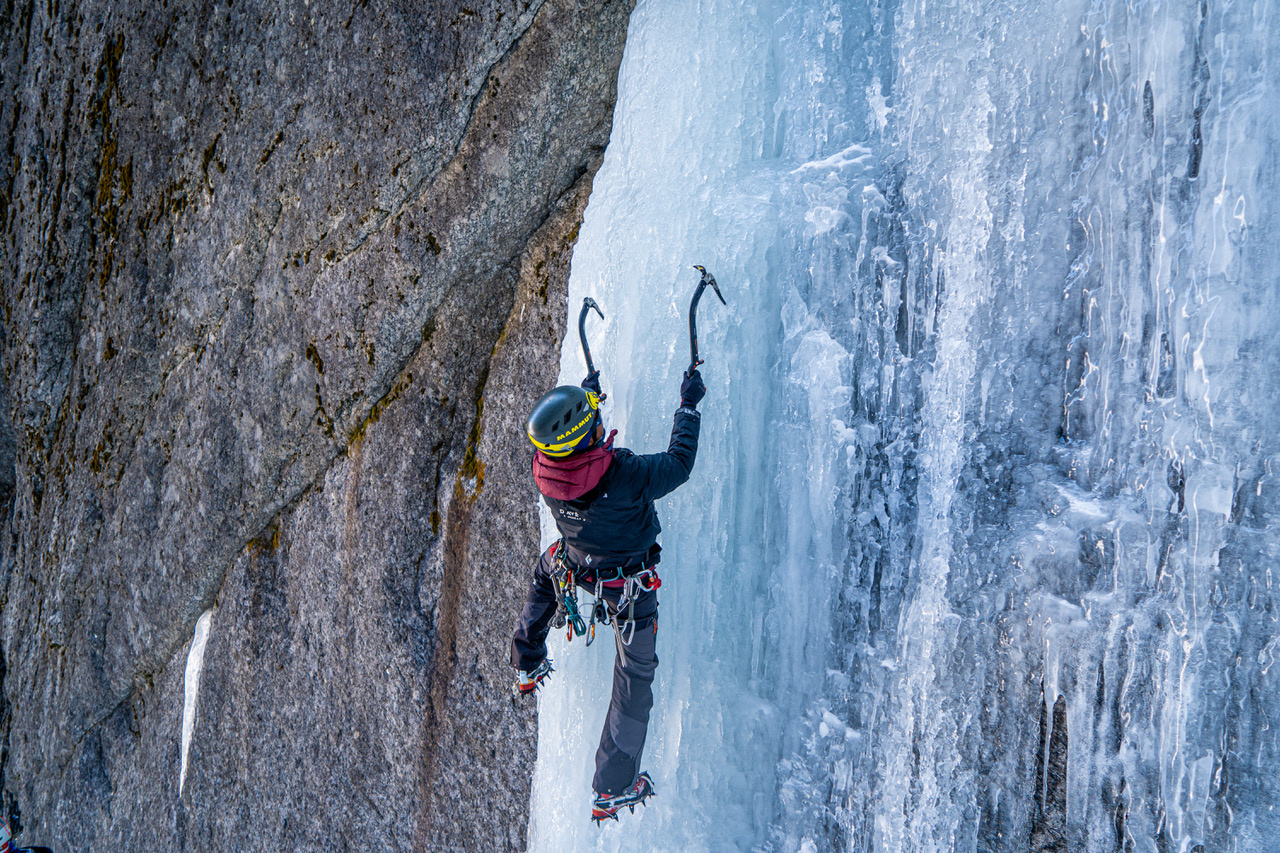British Turner Twins summit Mera Peak
Twin adventurers test replica 1920s mountaineering gear on 6,476-metre Peak to shed light on how early Everest pioneers survived the extremes.
British adventurers Hugo and Ross Turner, known as the Turner Twins, have successfully reached the summit of Mera Peak (6,476 m) in Nepal, completing a pioneering expedition inspired by one of mountaineering’s greatest mysteries; the 1924 Everest climb of George Mallory and Sandy Irvine.
The twins announced their success in an Instagram post on Tuesday, writing, “After ten days in the mountains, we have finally reached the summit of Mera Peak. Mallory’s clothing and boots made it to the top! It’s incredible to think that these boots might have made it to the top of Everest over 100 years ago.”
The expedition served as a controlled, high-altitude testing ground for a scientific study comparing modern mountaineering gear with replicas of the early 20th-century equipment used by Mallory and Irvine.
The project, described by the twins as “a once-in-a-century expedition,” aims to better understand how early explorers endured extreme conditions on Everest. The Turner Twins said they will analyse data collected from the climb to assess the performance of both traditional and modern clothing and equipment at altitude.
Known for combining adventure with science and sustainability, Hugo and Ross Turner have rowed the Atlantic, reached several Poles of Inaccessibility, and tested clean-energy technologies including a hydrogen-powered yacht and a tandem electric paramotor that set a world altitude record.
Hugo’s near-paralysis in a diving accident at age 17 set the brothers on a shared path of exploration rooted in purpose, discovery and resilience.








